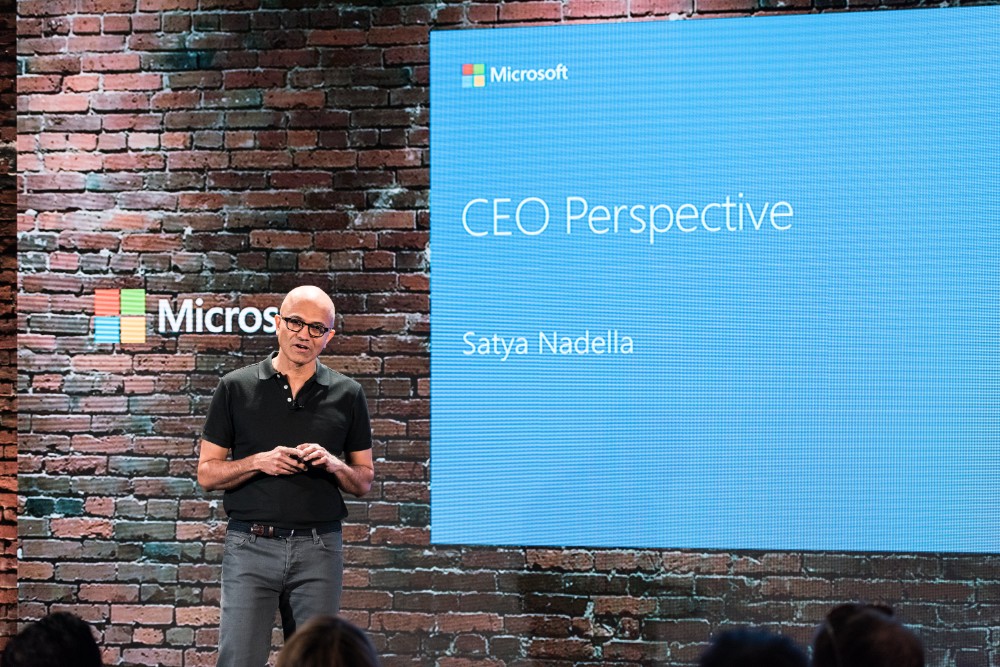Once the definition of innovative and agile, by the mid-1980’s NASA’s culture had become rule-bound, hierarchical, and dangerously political.
When a group of young engineers joined in 1983 and were shocked to find that mission control systems still relied on mainframe computers from the Apollo era, their concerns fell on deaf ears. The incumbent system worked well enough for what NASA had done in the past, but upcoming programs like the Space Shuttle and International Space Station would overwhelm and overload the existing technology.
With the leadership of John Muratore, a young engineer, and the senior sponsorship of flight director Eugene Kranz, a small group formed and bent or broke the existing NASA norms to produce their first project: Real-Time Data Systems (RTDS). This team used off-the-shelf hardware, wrote their own code, and took advantage of loopholes and a small existing “new technology” fund to bring the technology into mission control. Throughout the project, the team faced internal resistance both from NASA’s procedural rules and from outright hostility from other groups who felt they were crossing sacred boundaries. But the group eventually succeeded through delivering unquestionable results and by winning over senior leaders.
Because of their success, Muratore was asked to lead a team to upgrade the rest of mission control’s systems. Before they began, the group codified a set of organizing principles, dubbed the “Pirate Paradigm,” that would dictate how they worked together:
- Don’t wait to be told to do something; figure it out for yourself
- Challenge everything, and steel yourself for the inevitable cynicism, opposition, rumors, false reporting, innuendos, and slander
- Break the rules, not the law
- Take risks as a rule, not as the exception
- Cut out unnecessary timelines, schedules, processes, reviews, and bureaucracy
- Just get started; fix problems as you go along
- Build a product, not an organization; outsource as much as possible
The team also adopted the motto of “build a little, test a little, fix a little,” a motto that would be echoed years later in the publishing of the Agile Manifesto.
How to Let Your Pirates Loose
In an organization struggling to innovate, troublemakers can be saviors. But the right conditions need to exist to allow their new practices and overall approach to flourish. As a leader, you should:
- Embrace a culture of challenge and positive dissent
- Provide your pirates with initial funding, executive sponsorship, and time for experimentation
- Shield your pirates from bureaucracy and politics as they emerge
- Publicize their early wins and give others the permission to follow their lead













